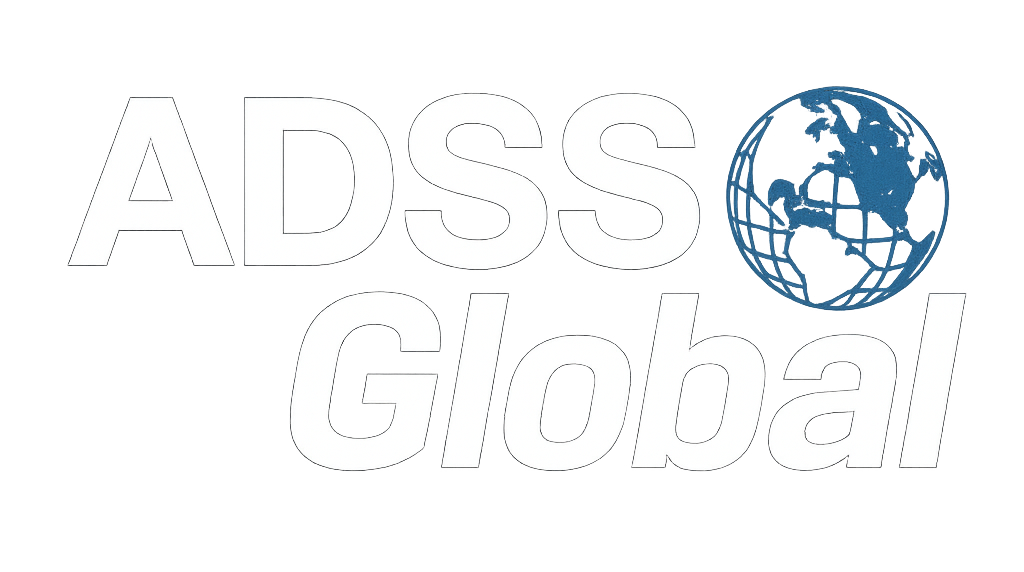
Moving to a cloud ERP like Sage Intacct promises scalability, efficiency, and freedom from on-premise maintenance — but it also introduces new financial blind spots.
As many finance leaders discover, cloud systems can quietly expand in cost through user growth, data storage, integrations, and add-ons, turning what seemed like a cost-saver into a budget black hole.
In this article, we’ll explore how to monitor your cloud ERP usage, prevent hidden cost creep, and keep your system delivering measurable value.
What is the “Cloud Trap” in ERP systems?
The Cloud Trap happens when businesses adopt cloud-based ERPs expecting predictable monthly costs — but end up facing escalating expenses that don’t match ROI.
It’s not about poor technology. It’s about underestimating long-term usage costs like:
- Unused user licenses or inactive accounts
- Storage overages
- Third-party integration fees
- Premium modules activated without a review of ROI
- Subscription renewals that increase automatically
The trap is subtle — and often goes unnoticed until CFOs start questioning why the monthly ERP bill keeps climbing.
Why do ERP cloud costs spiral over time?
Cloud ERPs like Sage Intacct are built to grow with your business. But that same flexibility can make costs unpredictable.
Here’s what typically drives unplanned ERP spend:
- User expansion without audit – As teams grow, new accounts are added but rarely pruned.
- Unmonitored module activation – New features or apps are activated “temporarily” and never deactivated.
- Integration sprawl – Connecting multiple third-party systems increases API and data transfer costs.
- Data storage accumulation – Cloud ERPs charge for extra data storage beyond standard limits.
- Automatic renewals – Subscription terms renew annually with incremental price increases.
Each of these is small on its own — but together, they can inflate costs by 20–40% over your initial forecast.
How can CFOs monitor and control cloud ERP costs?
Controlling cloud ERP costs starts with visibility and governance.
Here’s how finance leaders can stay ahead:
- Audit user licenses quarterly.
Identify inactive accounts, redundant users, or roles that can be consolidated.
- Track module and feature usage.
Review reports to see which features deliver ROI and which go unused.
- Set approval protocols for new integrations.
Require financial justification before connecting third-party tools or expanding APIs.
- Establish data retention policies.
Archive or purge outdated data to avoid storage overages.
- Negotiate renewal terms proactively.
Don’t wait for auto-renewal. Renegotiate based on actual usage and business value.
At ADSS Global, we help clients set up ERP governance dashboards and spend optimization frameworks — turning what could be a runaway expense into a controlled, value-driven investment.
How can automation and analytics help prevent cost creep?
One of the most effective ways to stay in control is to use your ERP to monitor itself.
Tools within Sage Intacct, for example, allow CFOs to:
- Track real-time user activity
- Analyze module utilization
- Flag low-value processes consuming resources
- Benchmark actual ROI versus subscription costs
By pairing these analytics with cost dashboards and alerts, finance teams can spot inefficiencies early and make data-backed adjustments before the next billing cycle.
What are the warning signs your ERP is becoming a budget black hole?
Watch for these red flags:
- Your ERP subscription costs rise quarterly, but team size doesn’t.
- Finance reports take longer to generate, despite added modules.
- You’re paying for integrations that duplicate existing features.
- There’s no clear ownership of ERP cost management.
If any of these sound familiar, it’s time for a cloud cost review.
Even small inefficiencies, left unchecked, can compound into major spend leakages over time.
How can ADSS Global help?
ADSS Global works with organizations across North America to optimize ERP spend, strengthen governance, and improve ROI — whether you’re using Sage 300, Sage Intacct, or a hybrid setup.
We help you:
- Audit your current cloud ERP subscription and usage patterns
- Identify cost inefficiencies and underused modules
- Implement dashboards to track spend and performance
- Align your ERP setup with your growth strategy — not just your billing cycle
Our goal: to keep your ERP system lean, strategic, and financially accountable.
Key Takeaway
Cloud ERP should be an enabler — not a drain.
By monitoring usage, optimizing licensing, and reviewing integrations proactively, CFOs can prevent their ERP from becoming a budget black hole and instead turn it into a strategic asset for financial efficiency and growth.
Talk to ADSS Global
If your ERP costs are growing faster than your ROI, it’s time for a cloud spend health check.
Our experts can help you analyze your usage and design a smarter, cost-optimized ERP strategy.
